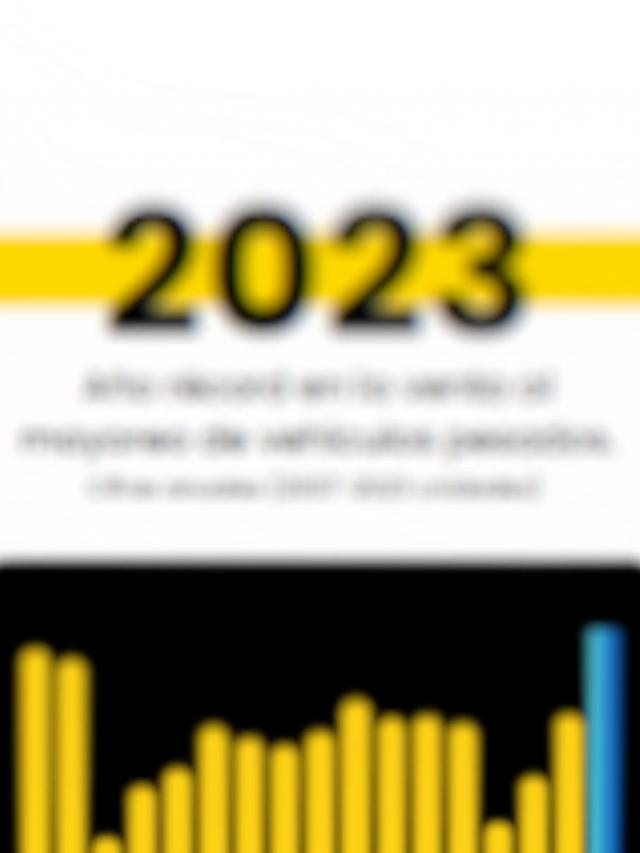
Imagine a construction site in full swing, with the metallic sound of cranes, dust floating between half-assembled structures, and the comings and goings of workers focused on their tasks. Now imagine that, before all of that happens, the project has already been fully executed and mapped in a parallel reality, where there are no errors, no accidents, no unforeseen costs, and everything can be anticipated.
That’s the promise and current practice of EY ‘s Capital Projects vertical , an initiative that combines Artificial Intelligence (AI) with technologies such as digital twins, geographic information systems ( GIS ) and building information modeling ( BIM ), to build the future before the first stone hits the ground.
EY, the audit, tax, consulting, strategy, and transaction services firm, emphasized that the adoption of emerging technologies like AI is no longer optional, but crucial.
According to the company, through solutions such as Advanced Work Packaging (AWP), BIM , GIS and digital twins, it is possible to reduce capital costs by up to 8% , improve schedule accuracy by up to 15% and increase productivity by 25% during critical execution phases.
Beyond efficiency, what’s at stake is the safety of thousands of workers who operate in high-risk conditions every day.
Imagine being able to walk through an unexcavated mine with an augmented reality headset, or visualize an infrastructure project in its final stages, even before it’s physically started.
With digital twins and AI-powered simulations, it’s possible to detect stress points in the ground that could cause a collapse , or predict that a moving crane could hit an electrical installation.
What once relied on intuition or field experience can now be simulated, calculated, and corrected in real time. This , in industries such as mining, agriculture, and energy, can make the difference between success or failure, between prevention or accidents.
“The adoption of AI and other technologies in engineering projects, in addition to enabling efficiency gains and risk reduction, is a way to rethink the industry’s operating model. Integrating these tools from the planning stage is a key competitive advantage,” said Flavio Dayrell, Capital Projects leader at EY Latin America.
For EY, incorporating new technologies involves investing not only in tools, but also in the people who will implement them.
“We may have technology and methodologies, but we are still people working with people. Our greatest challenge is transforming the mindset of those who lead and execute projects so they embrace the potential of these innovations,” Dayrell reflected.
From the Capital Projects practice , EY works in five major blocks : digital engineering and construction, integrated planning, project control and optimization, monitoring and supervision of construction, and forensic engineering.
Each stage is transformed with AI, virtual and augmented reality, generative design, and digital twins that not only serve to build, but also to facilitate maintenance throughout the project lifecycle.
“Engineering design using AI allows us to create structures with a maintenance-first approach. We apply methodologies such as LPS to improve planning, and digital control tools that provide visibility and prediction into a project’s actual behavior. Even in late phases, such as forensic engineering, we help anticipate risks and prevent serious deviations,” Dayrell added.
In addition, these projects develop customized dashboards for each client, allowing real-time visualization of a project’s key indicators, from physical progress and schedule compliance to safety, cost, and risk metrics.
And this technology isn’t limited to the construction sector. It’s also being used in industrial plants, distribution centers, retail, mining, and agro-industrial projects, where precision and the ability to anticipate can determine the entire viability of an operation.
According to EY, 64% of capital projects in the region have experienced significant cost overruns , and more than 50% were not delivered on time.
The root of this problem often lies in outdated operating models and fragmented processes.
In this sense, the use of AI allows for the generation of valuable insights, reduction of manual work, and faster, better-informed decisions throughout the project cycle.
It’s no longer just about digitizing plans or data, but about transforming the entire process from planning and design to operation and maintenance.
According to EY’s Top 10 Business Risks and Opportunities for Mining and Metals in 2025 study , 59% of miners surveyed globally considered digital initiatives crucial to their organization’s success.
To achieve this, EY warned, it is key for companies to establish a solid digital strategy that includes talent development, organizational change management, cybersecurity, and clear data governance. Without these pillars, the benefits of AI could remain mere good intentions.
In this new paradigm, prevention is no longer imagining the worst, it is modeling, measuring, and correcting it before it happens.
Comment and follow us on X:@jenna_GH_ / @GrupoT21













